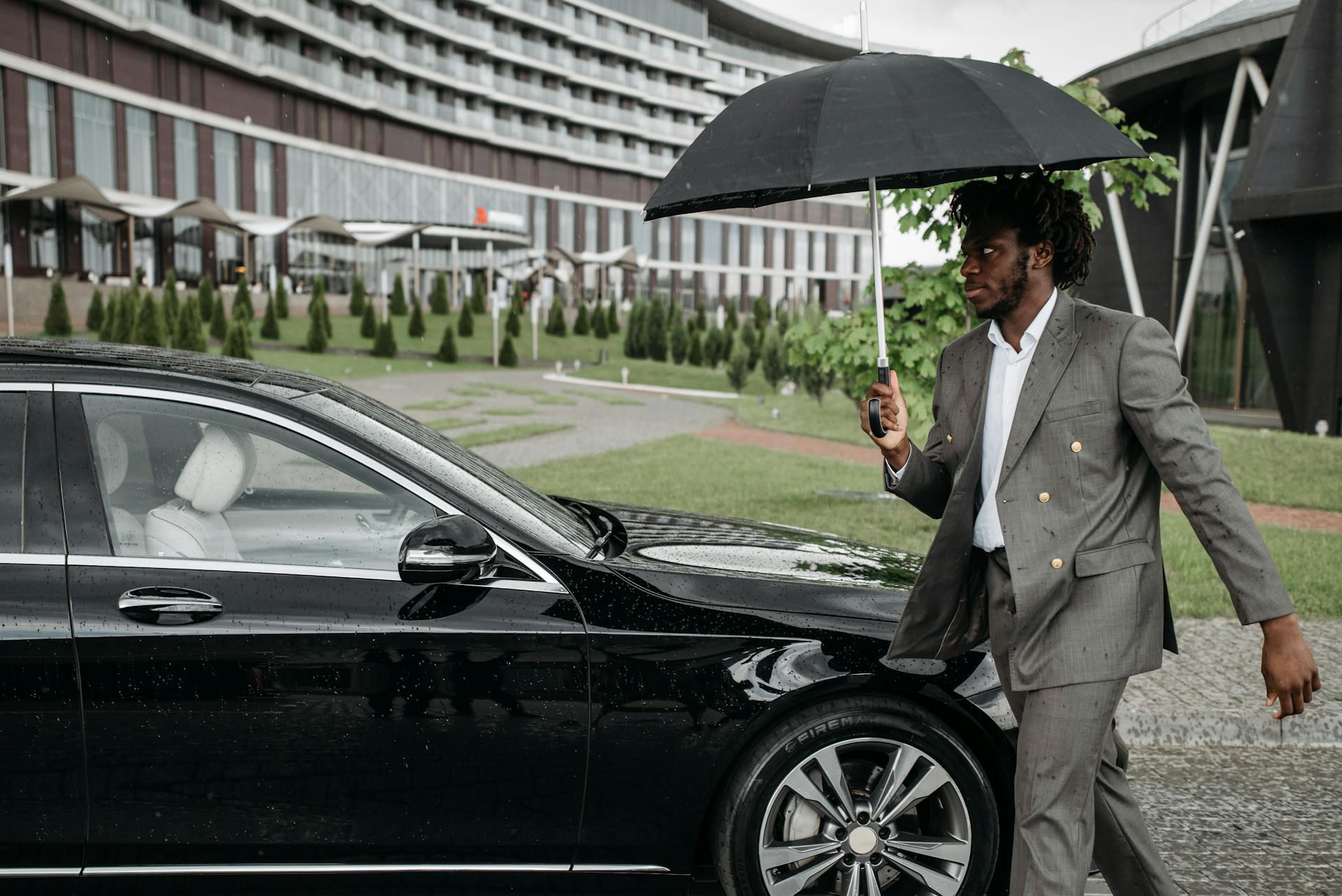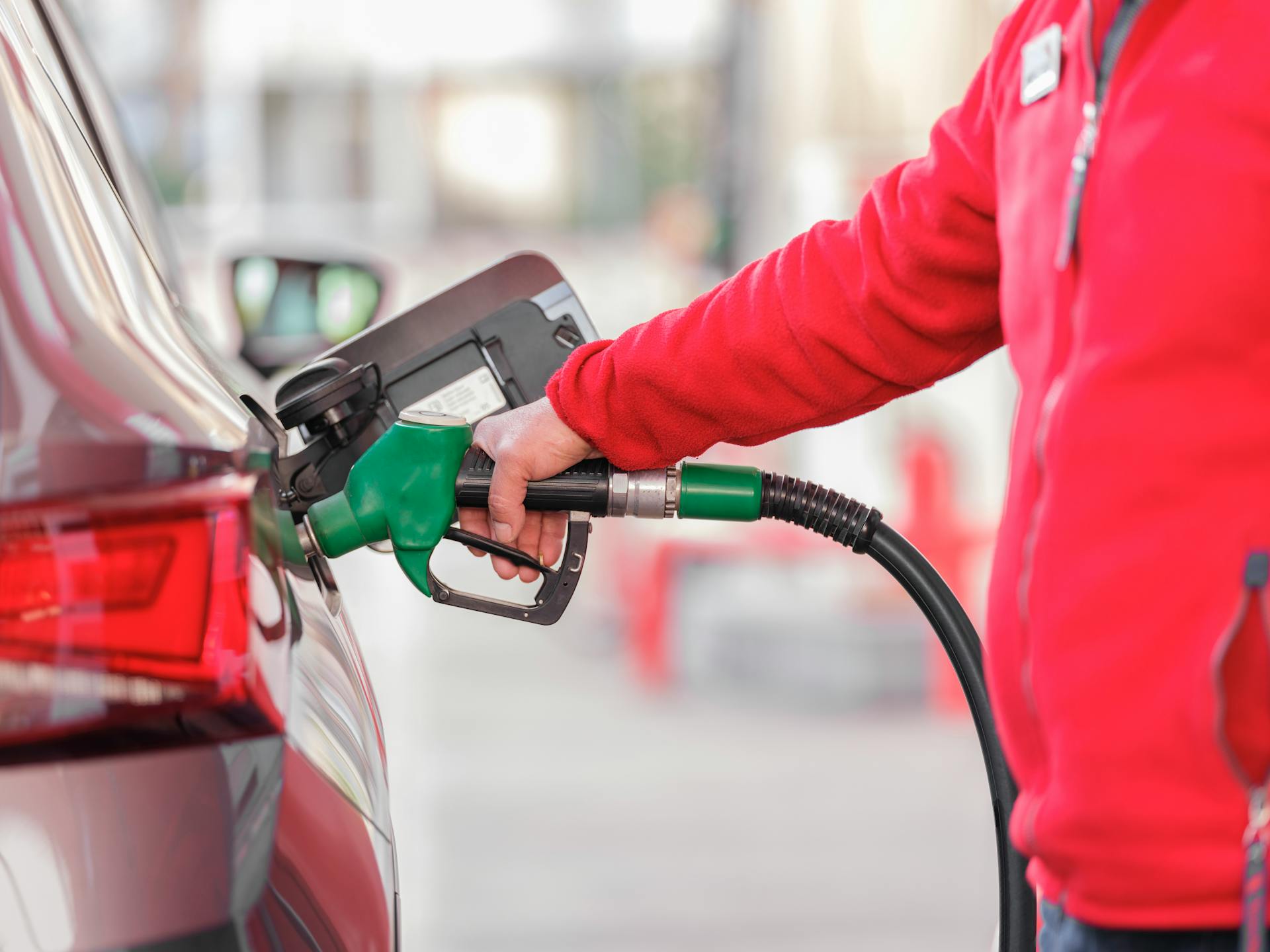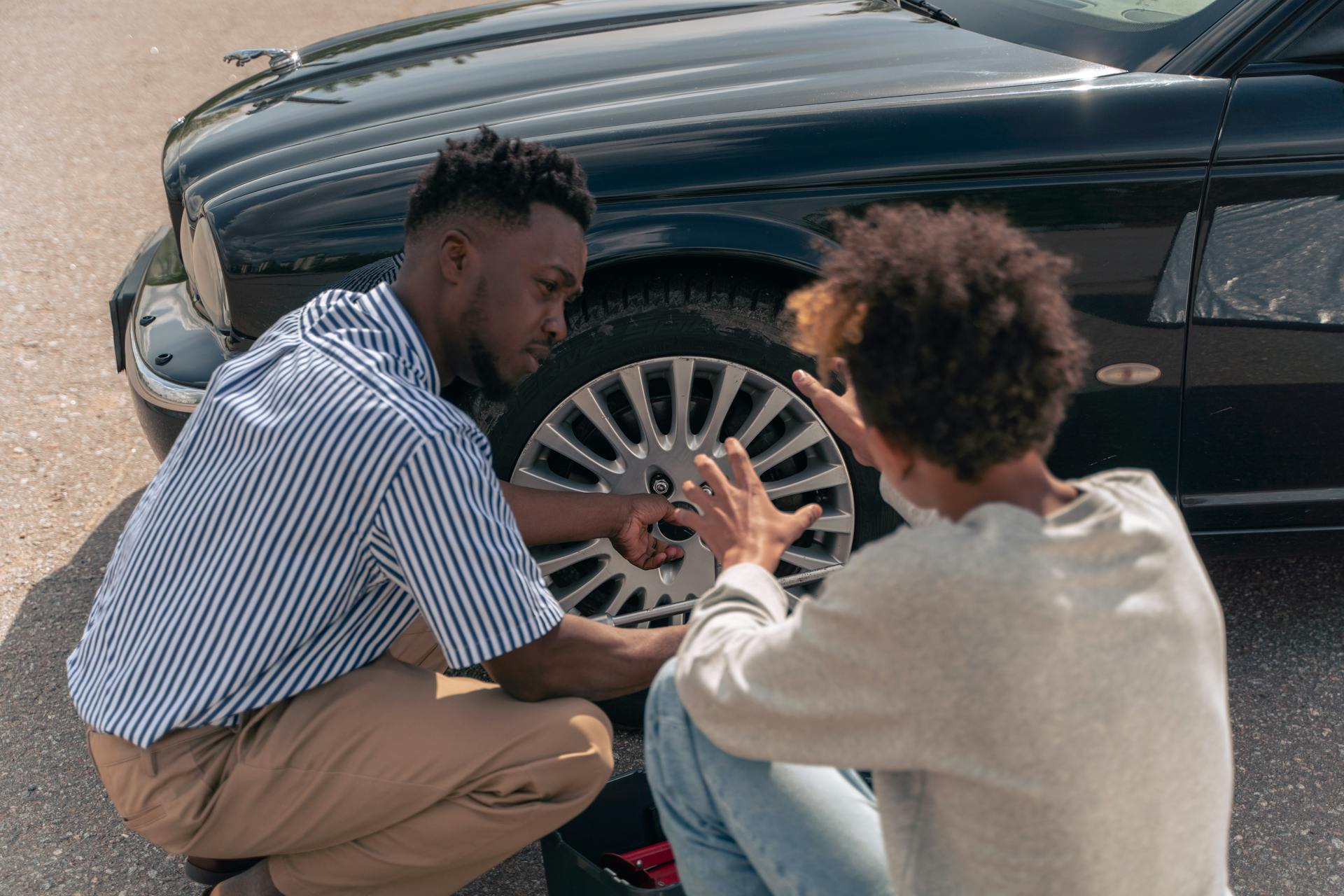Jump starting a car in the rain is a common concern for drivers facing a dead battery during wet weather. While it’s possible to safely jump start a car in the rain, extra precautions are necessary due to the risks posed by water, electricity, and slippery conditions. Understanding the process and safety measures ensures you can revive your vehicle without injury or damage, even in adverse weather.
This guide explains the feasibility of jump starting a car in the rain, outlines the risks, and provides a step-by-step process with safety tips to do it correctly, helping you get back on the road safely.
Is It Safe to Jump Start a Car in the Rain?
Yes, you can jump start a car in the rain, but it requires caution. Car batteries operate on 12-volt direct current (DC), which is less likely to cause severe electric shock compared to household alternating current (AC). However, water can create hazards like short circuits, corrosion, or slippery surfaces, increasing the risk of equipment damage or personal injury.
The primary risks include:
-
Short Circuits: Water on battery terminals or cables can cause sparks or shorts, potentially damaging the battery or electrical system ($100-$500 to repair).
-
Slippery Conditions: Wet surfaces increase the risk of slipping while handling cables, leading to injuries.
-
Corrosion: Rainwater, especially if acidic, can corrode battery terminals, reducing battery life ($100-$300 for replacement).
-
Electrical Risk: While rare with 12V DC systems, improper handling in wet conditions could cause minor shocks or sparks.
With proper precautions, these risks can be minimized, making jump starting in the rain safe and effective. If conditions are severe (e.g., heavy downpour or lightning), it’s better to wait or seek professional help to avoid complications.
Precautions for Jump Starting in the Rain
Before attempting a jump start in the rain, take these safety measures:
-
Work in Light Rain: Avoid jump starting during heavy rain, thunderstorms, or flooding, as lightning or deep water increases risks. Wait for calmer conditions if possible.
-
Wear Protective Gear: Use insulated gloves ($10-$20) and non-slip shoes to prevent shocks and falls. Avoid loose clothing that could catch on equipment.
-
Cover the Battery: If possible, use an umbrella or tarp to shield the battery area from direct rain, reducing water exposure on terminals.
-
Inspect Equipment: Ensure jumper cables are free of fraying or exposed wires ($20-$50 for quality cables). Check batteries for cracks or leaks, which could worsen in wet conditions.
-
Dry Connection Points: Wipe battery terminals with a dry cloth to minimize water contact, preventing shorts or corrosion.
-
Work in a Sheltered Area: If possible, move the vehicles under a canopy, garage, or tree to reduce rain exposure.
These precautions reduce the risk of electrical issues, equipment damage, or personal injury, making the process safer in wet conditions.
Step-by-Step Guide to Jump Start a Car in the Rain
Follow these steps to safely jump start a car in the rain, assuming you have a donor vehicle with a working battery and quality jumper cables:
Step 1: Position the Vehicles
Park the donor vehicle (with a working battery) close to the car with the dead battery, ensuring the hoods are accessible but the vehicles don’t touch. This prevents unintended electrical connections. Park on a level surface to avoid rolling, especially on wet ground.
Turn off both vehicles’ ignitions and engage parking brakes. In the rain, ensure the vehicles are on stable, non-slippery ground to avoid accidents during setup. If possible, position them under a shelter to keep the work area drier.
Step 2: Inspect Equipment
Check the jumper cables for damage, such as frayed insulation or corroded clamps, which could cause sparks or shorts in wet conditions. Inspect both batteries for cracks or leaks, as rainwater could worsen damage, leading to acid spills ($100-$300 cleanup).
Wipe battery terminals with a dry cloth to remove moisture. If cables are damaged, avoid jump starting until you have a replacement set. Using quality, insulated cables reduces risks in the rain.
Step 3: Connect the Jumper Cables
Attach the jumper cables in the correct order to avoid sparks or electrical issues, taking extra care to keep connections dry:
-
Connect one red clamp to the positive (+) terminal of the dead battery.
-
Connect the other red clamp to the positive (+) terminal of the donor battery.
-
Connect one black clamp to the negative (-) terminal of the donor battery.
-
Attach the other black clamp to an unpainted metal surface on the dead car’s engine block (e.g., a bolt), away from the battery to avoid sparks.
Ensure clamps are secure and not touching each other. In the rain, hold an umbrella or use a tarp to shield the batteries, minimizing water on terminals. Double-check connections to prevent shorts.
Step 4: Start the Donor Vehicle
Start the donor vehicle’s engine and let it run for 1-2 minutes to charge the dead battery. Keep the engine at idle to avoid overloading the system. In wet conditions, ensure the donor vehicle’s hood is partially closed to protect the battery from rain.
If the donor vehicle is exposed, check that no water pools near the battery or alternator, as this could cause electrical issues. A brief charging period prepares the dead battery for starting.
Step 5: Attempt to Start the Dead Car
Try starting the car with the dead battery. If it doesn’t start after 10-15 seconds, wait 1-2 minutes and try again to avoid overheating the starter motor ($200-$500 repair). Keep the donor vehicle running during attempts.
In the rain, ensure your footing is stable to avoid slipping while moving between vehicles. If the car doesn’t start after several tries, the battery may be too weak or another issue (e.g., alternator failure, $300-$700) may be present.
Step 6: Disconnect the Cables
Once the car starts, remove the cables in reverse order to avoid sparks:
-
Remove the black clamp from the unpainted metal surface on the dead car.
-
Remove the black clamp from the donor battery’s negative (-) terminal.
-
Remove the red clamp from the donor battery’s positive (+) terminal.
-
Remove the red clamp from the dead battery’s positive (+) terminal.
Store cables in a dry place to prevent corrosion. In the rain, wipe clamps dry before storing to avoid rust, which can degrade performance ($20-$50 for new cables).
Step 7: Let the Car Run
Allow the jumped car to run for 15-30 minutes or drive it to recharge the battery via the alternator. Avoid turning on heavy electrical loads (e.g., AC, headlights) immediately to reduce strain. In wet conditions, drive cautiously to avoid hydroplaning.
If the battery doesn’t hold a charge, it may need replacement ($100-$300). Test it at an auto shop with a multimeter ($20) to confirm its condition after jump starting.
Additional Safety Tips
-
Avoid Standing Water: Don’t jump start in puddles or flooded areas, as water can conduct electricity or damage components. Move to higher ground if possible.
-
Check Weather Conditions: Avoid jump starting during lightning, as a strike could cause severe injury or damage. Wait for safer weather.
-
Use Quality Cables: Invest in heavy-duty jumper cables (4-6 gauge, $20-$50) for reliable connections, especially in wet conditions.
-
Test the Battery Post-Tow: After jump starting, have the battery and alternator tested at an auto shop ($10-$50) to prevent future failures.
-
Carry a Portable Jump Starter: A portable jump starter ($50-$150) can eliminate the need for a donor vehicle, reducing setup time in the rain.
Real-World Example
Imagine your 2019 Jeep Cherokee has a dead battery during a light rain. You park a friend’s truck nearby, wipe the battery terminals dry, and use insulated gloves to connect jumper cables under an umbrella. After attaching the cables correctly, you start the truck, wait 2 minutes, and successfully start the Jeep. Disconnecting carefully and driving for 20 minutes recharges the battery, avoiding corrosion or shorts despite the rain.
Conclusion
Jump starting a car in the rain is safe with proper precautions, such as using insulated cables, keeping terminals dry, and avoiding severe weather. By following the outlined steps—positioning vehicles, connecting cables correctly, and testing the setup—you can revive your car without risking injury or damage. Always prioritize safety and consider waiting for better conditions if the rain is heavy.
For reliable assistance, our jump start service can handle the task safely and efficiently, even in wet weather, ensuring you’re back on the road quickly. With these guidelines, you can jump start confidently, rain or shine, while protecting your vehicle and yourself.







